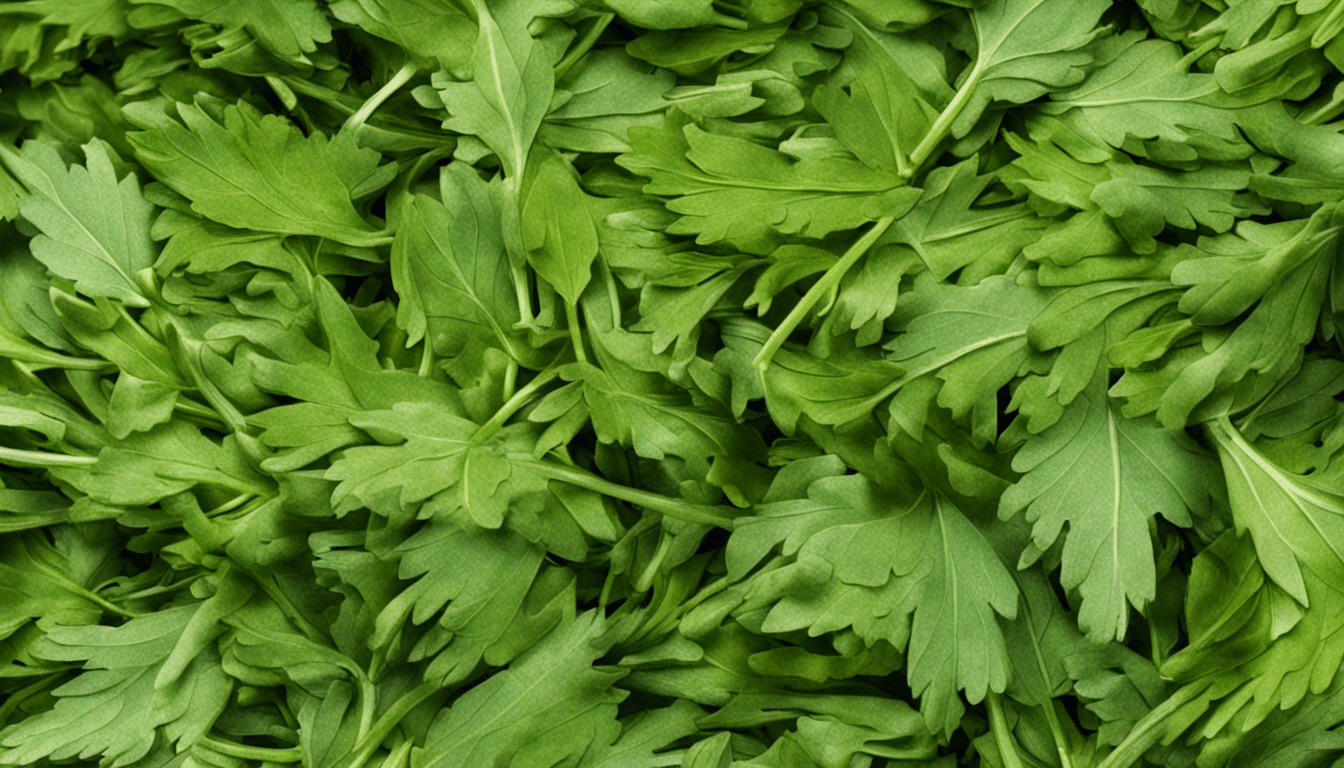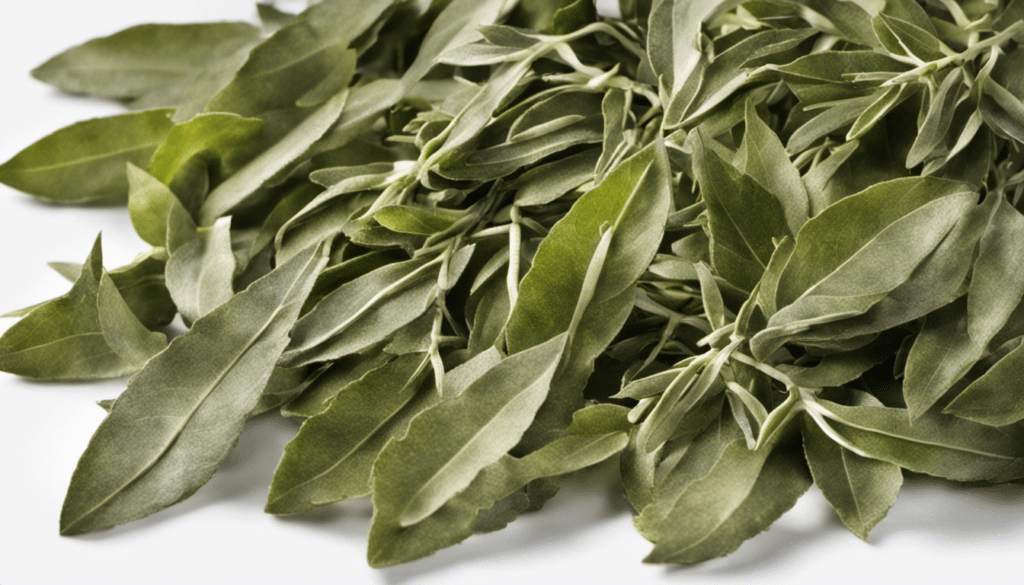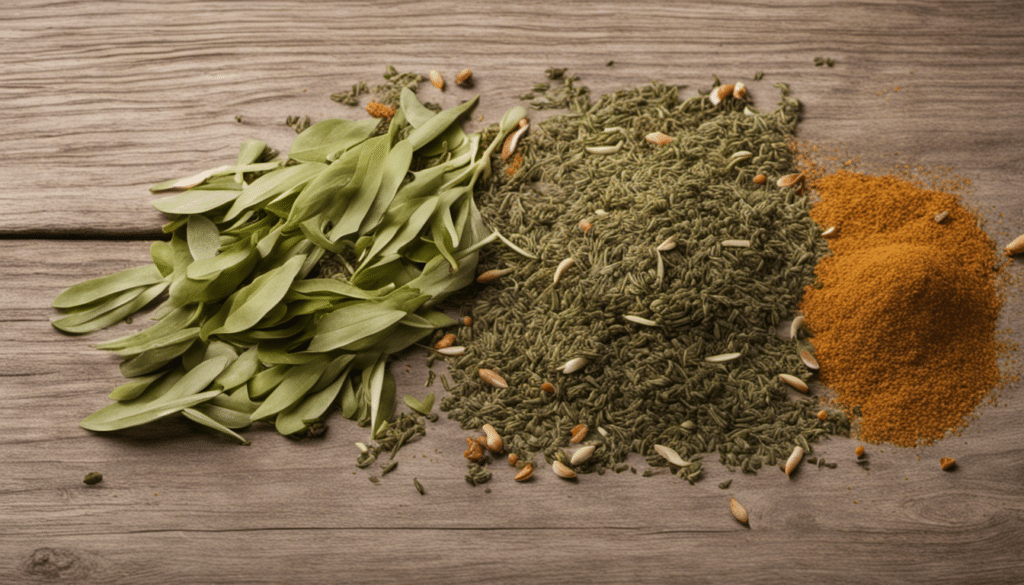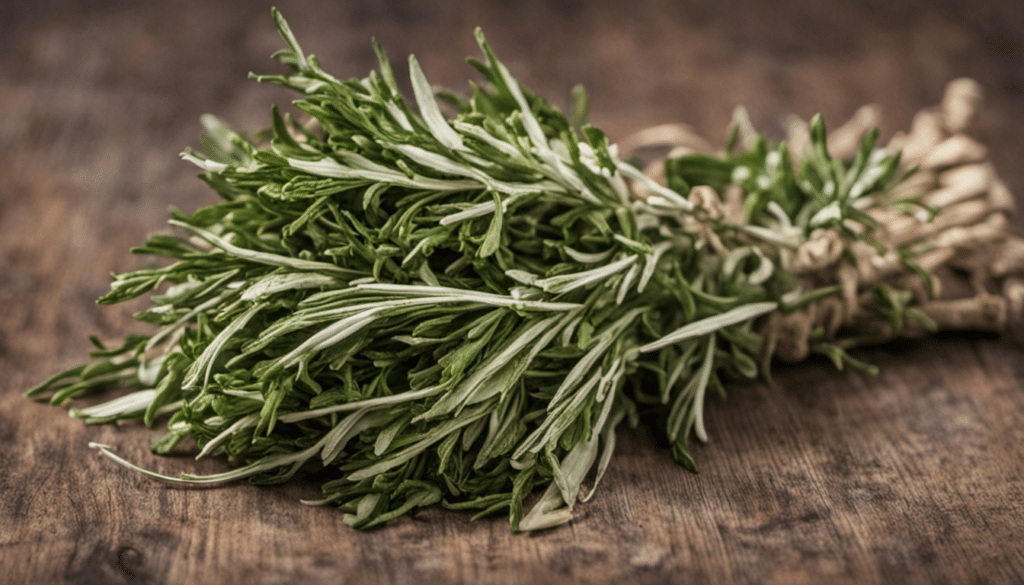Everything You Need to Know About Lovage Leaves
If you’re a gastronomic adventurer or a culinary connoisseur, the herb world is an infinite playground of flavors and aromas. Today, we will foray into the captivating realm of Lovage leaves. This often overlooked herb is a delightful addition to your spice rack, adding a layer of taste complexity and providing a myriad of health benefits. So, what are Lovage leaves? Let’s dig a little deeper.
A Brief History of Lovage Leaves
Originally hailed from the South-European region, Lovage (Levisticum officinale), belongs to the same family as parsley and carrots, known as “Apiaceae”. Historically, this perennial plant has been celebrated not only for its culinary applications but also for its medicinal properties.
Softly green with a pleasant aroma, Lovage leaves were extensively used in the medieval herbal practices and even found their mention in the works of the Greek physician Hippocrates. Known by several other names, such as “Love Parsley”, “Sea Parsley”, and “Old Man’s Pepper”, Lovage leaves continue to charm with its distinctive flavor, blending the richness of celery and the tang of anise.
The Health Benefits of Lovage Leaves
While its unique taste adds a dash of culinary delight, Lovage leaves are also packed with potential health benefits. According to the Journal of Ethnopharmacology, Lovage leaves health benefits range from being an effective diuretic to providing relief from stomach upset.
Lovage leaves have traditionally been used as a remedy for kidney stones, owing to its diuretic properties. They further help in anti-inflammation and are seen as potential antioxidants. Another significant health benefit of Lovage leaves is their potential to improve menstrual and postmenopausal symptoms in women. Studies have also suggested its effective role in keeping the skin healthy and reducing acne.
Moreover, this herb is rich in vitamin C, helping boost immunity, and B-complex vitamins providing a cognitive boost. It’s also a good source of dietary fiber, thus aiding digestion. Remember to consume these leaves moderately as their intense flavor can overpower the dish, and excessive consumption might lead to photodermatitis in some individuals.
Incorporating Lovage Leaves in Your Cuisine
Beyond its health benefits, Lovage is a splendid addition to a variety of dishes. Due to its strong flavor, it’s often used sparingly in soups, stews, and salads. The leaves can also serve as a garnish, while the stems can be sliced and added to dishes, much like celery. Its seeds, too, can be used as a spice.
Lovage leaves are incredibly versatile and can be dried or frozen for use throughout the year, promising you a unique burst of flavor whenever you please. It’s no wonder that this extraordinary herb has found its place in gourmet cuisines across the globe. Remember, the culinary world is all about embracing different flavors, so don’t shy away from giving Lovage leaves a chance in your next kitchen exploration!
Lovage Leaves Recipe Ideas
- Leek and Lovage Soup
- Lovage Leaves Pesto
- Creamy Lovage Potato Soup
- Lovage and Potato Gratin
- Linguine with Lovage and Walnut Sauce
- Baked Salmon with Lovage and Dill Sauce
- Grilled Chicken with Lemon and Lovage
- Lovage and Fennel Salad
- Pork Tenderloin with Mustard and Lovage
- Lovage Infused Gin Cocktail




